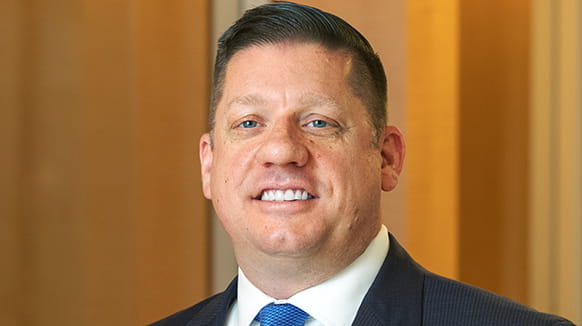Haynes Boone Partners David McCombs, Jonathan Bowser and Eugene Goryunov authored an article for Reuters on non-inventor testimony corroborating inventor testimony carrying more weight than initially thought, even though it may not deserve as much weight as it was given.
Read an excerpt below:
Swearing behind an asserted prior art reference is often a central dispute in Patent Trial and Appeal Board (PTAB) post grant review trials such as inter partes reviews (IPRs). To prove prior invention, a patent owner must demonstrate either (1) reduction to practice of the claimed invention before the critical date of a potential prior art reference, or (2) conception of the invention prior to the critical date and reasonably continuous diligence to reduce the invention to practice afterwards.
A reduction to practice can be either constructive or actual. An actual reduction to practice requires showing two aspects:
(1) a construction of an embodiment that meets all the limitations of the claimed invention, and
(2) a determination that the invention would work for its intended purpose.
Showing that the invention would work for its intended purpose generally requires evidence of testing. But there is no clear-cut standard for whether testing is required in the first place and, if it is, what type of testing is sufficient. For example, simple inventions generally do not require testing to show that they will operate satisfactorily and the sufficiency of testing when it is required is governed by the almost comically vague "rule of reason" standard.
The most obvious evidence that testing occurred prior to the critical date is inventor testimony. After all, inventors are typically those who perform the test. However, inventor testimony is, by itself, given little to no weight and must be corroborated. This is often a stumbling block in PTAB trials. This is because an inventor may be tempted to remember facts favorable to their case by the lure of protecting their patent or defeating another's patent.
To read the full article in Reuters, click here.

